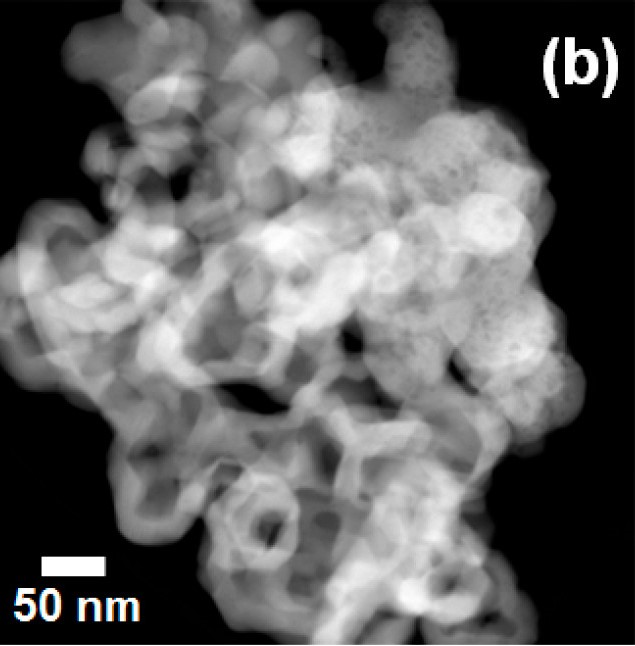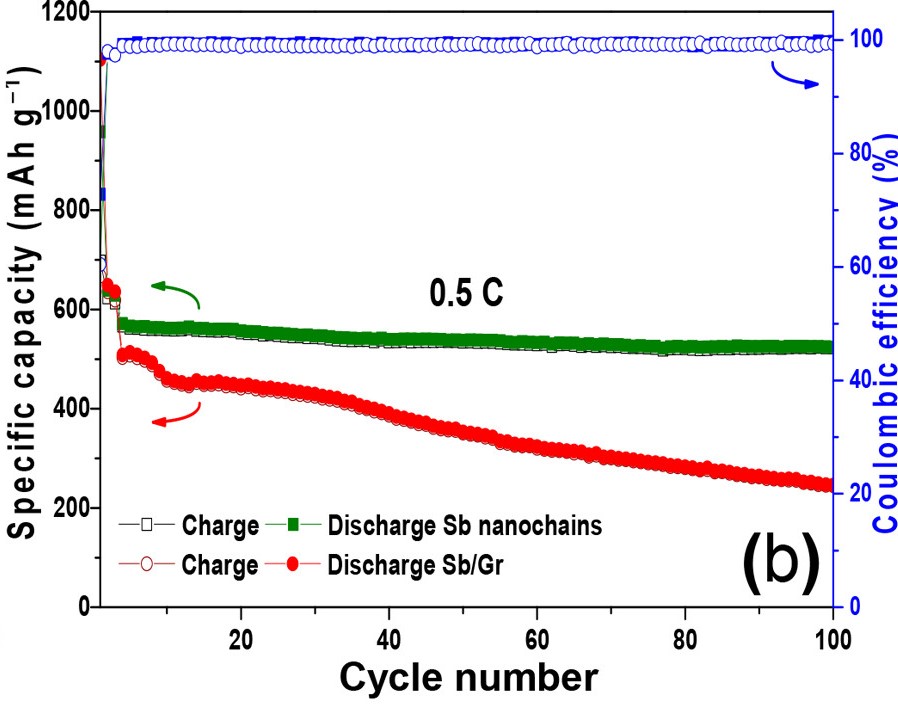Materials Chemistry
Advancing Army Modernization Priorities Through Collaborative Energetic Materials Research (AAMP-EM)
We are currently involved in energetic materials research as part of Purdue's larger collaboration with the Army Research Laboratory. As part of this work we focus on exploring high density fuels and their combustion behavior.
Research Sponsors

Hypergolic Propellants
Finding an alternative to carcinogenic hydrazine and monomethylhydrazine as rocket propellants and the development of hybrid rocket fuels continues to be a challenge faced by materials scientists for sixty years. With our new findings that both liquid and solid amine boranes are hypergolic materials with low ignition delays (ID) and high specific impulses (Isp), we have revolutionized this area of research by synthesizing and examining new species of amine boranes as liquid and hybrid hypergolic fuels to achieve optimal results.

Resulting Publications
J. Propuls. Power, 2021, 37(2), 202-210
55th AIAA/ASME/SAE/ASEE Joint Propulsion Conference, August 19-22, 2019, Indianapolis, IN.
JANNAF Journal of Propulsion and Energetics, 2019, 10, 0000.
Journal of Propulsion and Power, 2019, 35, 182-189.
JANNAF Journal of Propulsion and Energetics, 2018, 9, 97-108.
Joint Army-Navy-NASA-Air Force (JANNAF) meeting and the 65th JANNAF Propulsion Meeting (JPM), Long Beach, CA, May 2018.
Journal of Propulsion and Power, 2016, 32, 23-31.
Materials for Lithium Ion Batteries
Lithium-ion batteries still remain a device of choice for electrochemical energy storage 3 decades after their commercialization due to extensive demand in transportation, portable electronics, as well as stationary and grid energy storage systems. Alternate negative electrode materials with improved characteristics, such as moderate, safe electrochemical negative potentials (0.2–0.5 V) and high specific capacities (>350 mAh g–1) with prolonged cycling stability, are desired to implement next-generation LIBs. Recently, we have work on metal nanoparticles based anode materials, such as tin (Sn) and antimony (Sb) for LIBs. Our unique nano materials have been found to accomodate the large volume expansion during the lithiation process, preventing the degradation of active particles and the loss of Li-ion host species.


Resulting Publications
ACS Appl. Nano Mater., 2019, 2(9), 5351-5355.
Hydrogen Storage Materials
We have designed the synthesis of a novel amine-borane for hydrogen storage. To the best of our knowledge we are the only group working with this material. In collaboration with members of Purdue Mechanical Engineering Department as well as engineers at General Atomics, San Diego, we are exploring the thermolysis and hydrolysis properties of this material for hydrogen generation.
